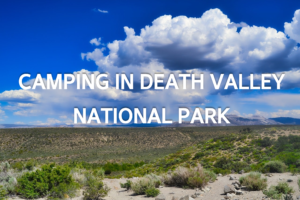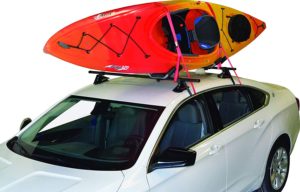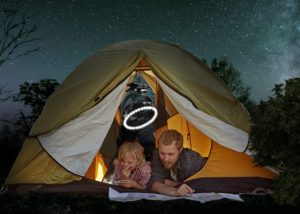Top Three
Top 3 "Must See"
Have limited time, or just looking for some guidance on the best way to spend your time in the park? Here are our Top 3 “Must See” attraction in the park.
Hiking in the Gates of the Arctic National Park is an experience like no other. There are no trails in the park, so you’ll be exploring on your own. This should only be done by experienced hikers or in a group. Preparation is essential as you won’t find any amenities and you’re unlikely to encounter anyone else during your trip. The terrain is rugged and the weather can be unpredictable, even in the summer. Be prepared to cross rivers, climb dangerous terrain and encounter the park’s wildlife. Although there are no established trails, there are game trails that you can follow that may make passage easier. The park does limit groups to no more than ten people to minimize the impact. You’ll also want to contact a local guide for entry and exit since there are no roads in the park.
Camping and hiking in the park go hand in hand. There are no established campsites, so you can camp wherever you decide to stop for the night. Choose a solid surface and make sure to take all precautions regarding bears. Food should be stored away from the campsite and in bear-resistant containers. The park also recommends propane or gas grills since wood is scarce and sometimes old-growth. Although there is no fee for camping, you can stop at one of the park’s visitor centers for a backcountry orientation that may be of some use.
One way to see the park without hiking through the wilderness is by plane. A few companies offer flightseeing tours that will take you into the Brooks Range and give you a birds-eye view of the park. Be prepared to pay a handsome sum, from a few hundred dollars per person to thousands. Some of the tours will also combine Gates of the Arctic with Kobuk Valley National Park. Visit our tours page for more information.
Our Most Recent Blog Posts

One Day in North Cascades National Park
North Cascades National Park, situated in Washington state and spanning over 500,000 acres, is a stunning landscape. With its ecosystems, peaks, and pristine waterways it

Looking to camp in one of the most beautiful and iconic National Parks in America? Look no further than Death Valley National Park. Camping here

7 Best Kayak Racks for Cars Without Rails in 2022
Kayaks are a great way to get around and explore waterways, but they can be cumbersome and difficult to transport. If your car or SUV

Everything You Need to Know About Bear Bangers
If you’re a hiker, camper, or outdoors enthusiast in bear country, your safety should be a primary concern. In case of a bear encounter, what

Best National Parks to See Bears
Best National Parks to See Bears The chance to see bears in the wild is still something that fills us with awe and wonder. To

The Best Camping Fan for Your Next Trip: Our Top 9 Choices
Are you looking for a great camping fan for your next trip? Whether you’re trying to keep cool or just want to have some extra
